Such is the influence of Blizzard’s Diablo series that the phrase “Diablo Clone” is a term that many other games produced after 1997 were lumped with, rightly or wrongly and to their benifit or detriment. The Diablo games have been standards in hack-and-slash dungeon crawling since the release of the first game way back in January 1997. It’s a game that many gamers, myself included, have lost many days and weeks to over the past 15 years. Randomly generated levels, loot drops and a system of replay on a increased difficulty keeps the game addictive and interesting long after many other games would have been put on the “Shelf of Dust and Biro Lids”.
• Developer: Blizzard Entertainment
• Publisher: Blizzard Entertainment
• Reviewed on: PC
• Also available on: Mac
• Release Date: Available Now
Diablo III’s story picks up 20 years after the events in Diablo II; your character comes back to New Tristram in Sanctuary to investigate a fallen star that lands on, in and indeed through the local cathedral. You’re reunited with Deckard Cain and his niece Leah and – not to get into spolier territory – the story unfolds over four acts, each one with it’s own central town hub and unique setting.
As with previous Diablo games and other games in the dungeon-crawling genre, you have a number of character classes to choose from, each with their own perks, strengths and weaknesses:
- The Barbarian: your basic brute force up-close-and-personal approach that uses the fury resource to utilise skills, gained by attacking enemies or using ceratin abilities. Fury diminishes over time so it strongly encourages the Barbarian to keep attacking.
- The Witch Doctor: A voodoo priest that uses mana to deal curses, summon monsters and throw explosions and poisons.
- The Monk: Martial arts centric attacks that focus on speed and explosive blows and uses spirit to resist damage and deflect projectiles.
- The Wizard: Standard magic user fair with fire, ice and lightning attacks using arcane power to slow time and move through walls.
- The Demon Hunter: Ranged attacker using hatred to fuel special moves like shurikens, and discipline to use defensive abilities such as Marked for Death.
The central gameplay mechanics stay true to what’s gone before in the Diablo series, namely: arm yourself with your prefered character’s weapon and go and hit things. Now, I’m sure you’ll agree that this sounds awfully simple, but bashing enemies into submission is only part of the fun – the real genius of Diablo comes from the randomly generated loot that your recently vanquished foes drop, giving you the drive to keep hitting on. The vast amount of varied and valuable goodies that creatures seem to keep about their person just to drop on the ground when your hit them over the head a few times is truly incredible.
Thankfully, there’s a few tweaks in Diablo III that have made your evil-bashing life somewhat easier; your character now automatically picks up gold when walking over it, as opposed to having to click on every dubloon that you come across on your journey. Even better, the range of this new-found “Gold Magnet” ability can also be boosted by certain items. Your various characters also seem to be a bit better at playing nice in Diablo III, with your gold going into communal pot that you can access no matter which of your heroes you’re playing as, as well as the presence of a common chest of stash that is located in each town.
Items on the ground can be quickly looked at by holding the Ctrl key down when hovering the mouse over it which gives you a quick overview of the item, allowing you to work out whether it’s worth a couple of slots of your precious backpack space. In Diablo III, these item previews – which also appear when you ‘mouse over’ items in your backpack – handily compare their attributes to what you have currently equipped, insofar as what the resultant differences in life, damage and protection will be should you swap them over. Mobs that you slay also drop health globes that are automatically picked up by characters and restore your health.
Graphically, Diablo III has definitely taken a number of visual cues from its predecessor, but is now lovingly rendered in 3D. Visually, Blizzard have opted for a more stylised, rather than photorealistic, approach with some of the areas looking like true pieces of impressionist landscape art that you might find hanging in a dusty museum in Paris somewhere; it really does lend the game and atmosphere that fits that overall ethos of the series.
The creatures that you encounter along the way are varied and quite often, in the higher levels at least, take a little bit of planning to take down. As you discover each ememy there is access to an audio clip that will fill you in on their background lore. There are special creatures and mobs dotted throughout the landscape as well; yellow “Epic” creatures sport greatly boosted stats, purple creatures are usually plot related and mobs of blue creatures are sufficiently tough to make your hacking and slashing life a little more difficult. Admittedly, it sounds like the way forward would be to avoid these stat-boosted foes – but these creatures tend to drop rare blue or yellow (or if you’re really lucky, brown) items that makes the trouble of taking them down worthwhile.
As you roam through the levels bashing, slashing and poking various creatures and completing the quests, your character levels up, with each level boosting your base stats: strength, dexterity, vitality and intelligence and, at certain levels, unlocking of other abilities, moves and runes for your character. Runes that you gain through leveling up can be applied to your abilties and moves to enhance them or change the way that they work. For instance, the Demon Hunter class has a magic chakram throwing weapon; depending on what rune you apply to the weapon, chakrams can come out in pairs, spiral in on an enemy or even spin around your character to provide some especially pointy defences.
The intriguing thing about the Diablo III levelling system is that the decisions you make in regard to what abilities and runes to go with are not permanent; you can swap and change as you please with the only penalty being a short cooldown period. This makes for much more experimenting in building your character and much easier to slip into a style that suits the situation you’re facing.
Gems have made a comeback in this game and, much like in earlier incarnations in the series, can be ‘socketed’ into certain items to confer various stat boosts. Gems are found as loot and come in various levels of quality; you can utilise the services of the jeweller that you’ll find in town to combine them into better quality jewels that provide higher stat boosts when socketed in an item. Gems can also be recovered from items without destroying them, making recycling and upgrading a good option as you progress. In addition to the jeweller, each town also has a smithy that can craft items such as weapons and armour – although repair duties have, for some reason, been farmed out to the merchants that you’ll find dotted around. Both the blacksmith and jeweller can be trained by spending some gold and, in later levels, using pages and tomes, to make better and rarer items with random magical properties. Crafting takes cash and other various ingredients that are gained from salvaging unwanted looted magic items that you pick up in gameplay.
At present, multiplayer is a co-operative affair that allows you to drop in and out of games with relative ease with up to four people (a player vs. player area will be coming at some point in the future). You can jump in at any quest point and join a game so long as your character is up to or passed that checkpoint and a high enough level to cope. When first joining a game you start in the appropriate town and can teleport to where the other players are by merely clicking on their personalised banner that’s found in the centre of the town square.
To stop things becoming a little too easy in multiplayer, Bilzzard made the sensible design choice of titrating the difficulty levels of the creatures scale up or down as players join or drop out of games. Having a good mix of characters makes co-op play a very enjoyable experience, as each character brings something different to the battle in terms of abilities. Although having four characters all fighting at once can sometimes be a little chaotic, this just makes it all the more fun. Loot drops in multiplayer are now unique to the player and what ever drops on your screen is yours – thereby avoiding any scuffles over particularly awesome bits of loot. If you’re in a charitable mood and want to share something with someone else, all you need to do is pick it up and drop it from your backpack onto the ground again, thereby making it available to everyone in the game. This approach is much fairer and stops a lot of grief that was seen in the previous games.
The biggest catch or gotcha, to some sections of the gaming community at least, around Diablo III is that it requires an online connection and Battle.net account to play – even if you’re only playing the game in single player mode. Therefore if you, heaven forbid, find yourself without an internet connection or your internet connection gets disrupted or, as many players actually experienced during the first two weeks of Diablo III’s launch, the Battle.net servers are unavailabl then you might as well go play something else unless you have a particular liking for Diablo III‘s main menu. The reason that Blizzard have cited for all this anti-piracy and game hack checks is due to the newly-introduced auction house that allows players to sell the loot that you find or make in the game for either in-game gold or for actual, real money (with Blizzard taking a percentage as a commission, of course).
If you’re a follower or fan of the series or genre, then this is a game for you. Diablo III offers more of the same in bigger and better quantities. New players will find its addictive gameplay taking the place of loved ones, pets and gainful employment.
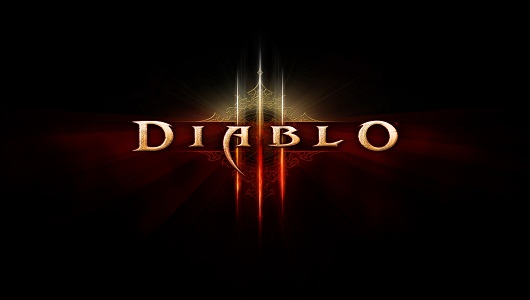

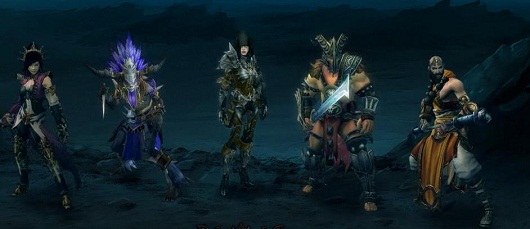
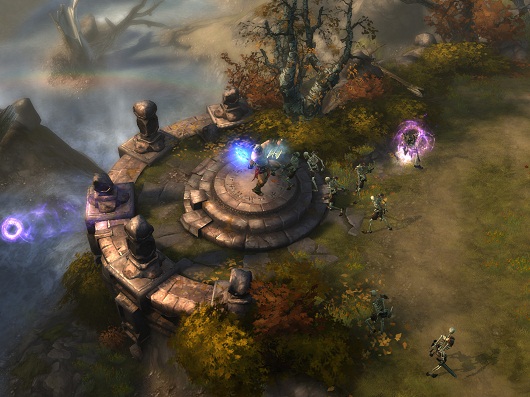
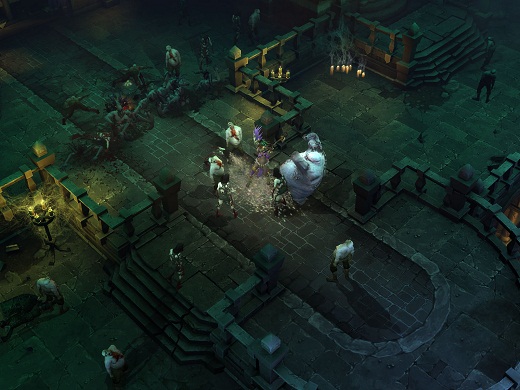
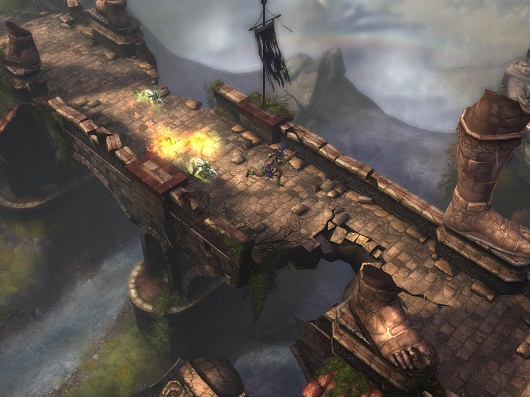

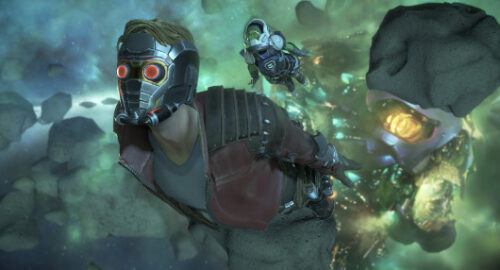

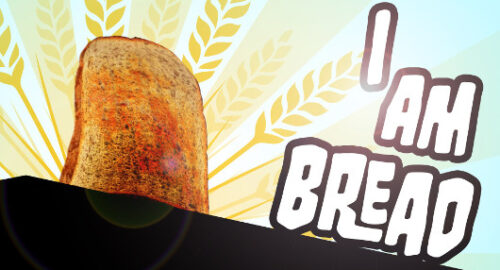
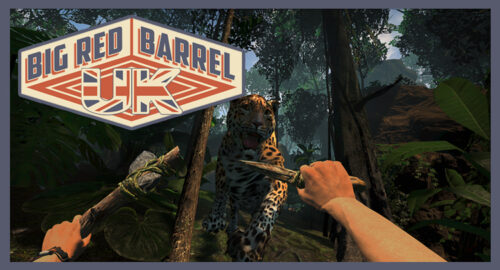

Lukas Heinzel
This game is so incredibly boring , i cant believe how non fun it was. No Story, repetitive gameplay, ok graphics and constant nline problems make this a rental, nothing more.
But have fun with it, if you like it. Opinions are different.
PacManPolarBear
Fast approaching 150 hours and other than the first week I’ve not had a single connection issue. Maybe a second or two of lag every few hours at most. The economy has started to even out too, which is awesome. The separate auction house for Hardcore mode is equally great. Each class is so drastically different I still have lots to experience and Inferno is the kind of challenge that most hack and slash games really lack. Stingo is the man for getting me Diablo 3. Easily my fav game this summer, and definitely in my top 3 so far this year.
PacManPolarBear
Bah, the last week has been rather rough with lag spikes. Although the hot fix yesterday seems to have stopped that for the most part.